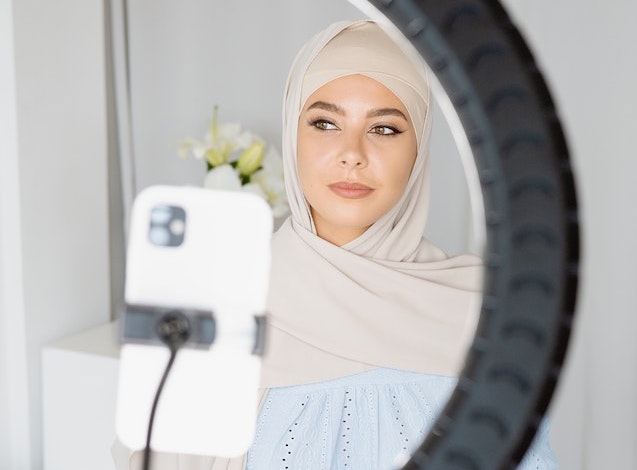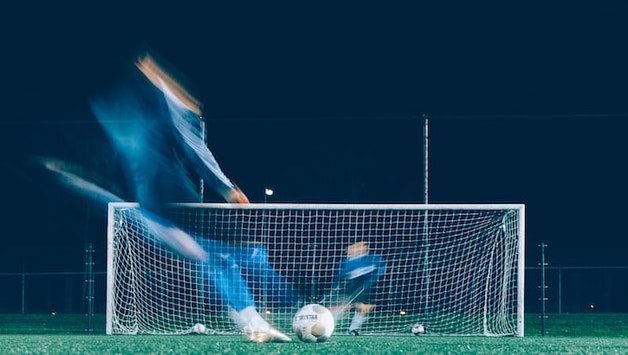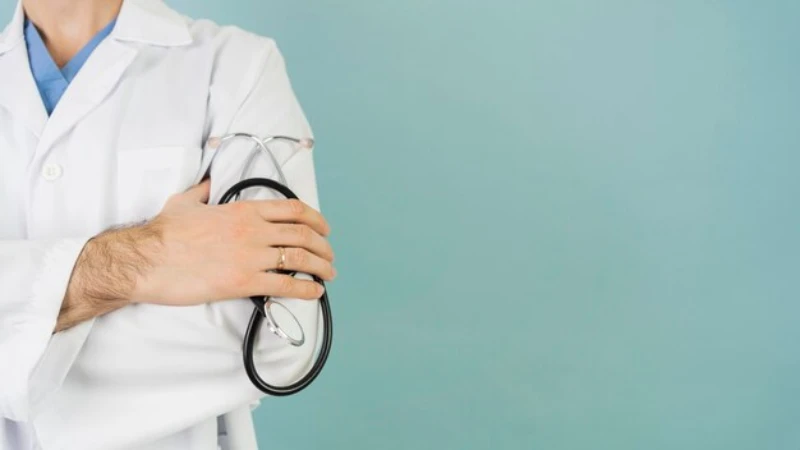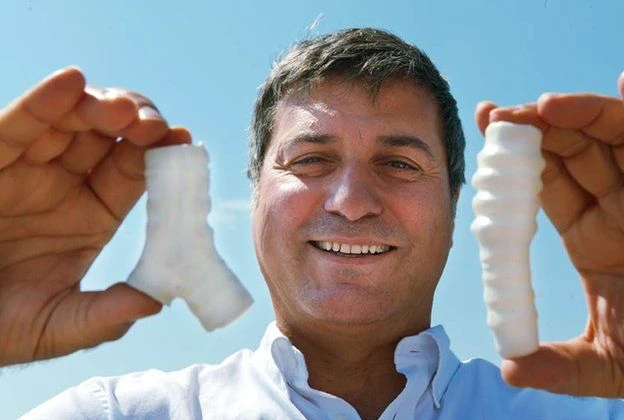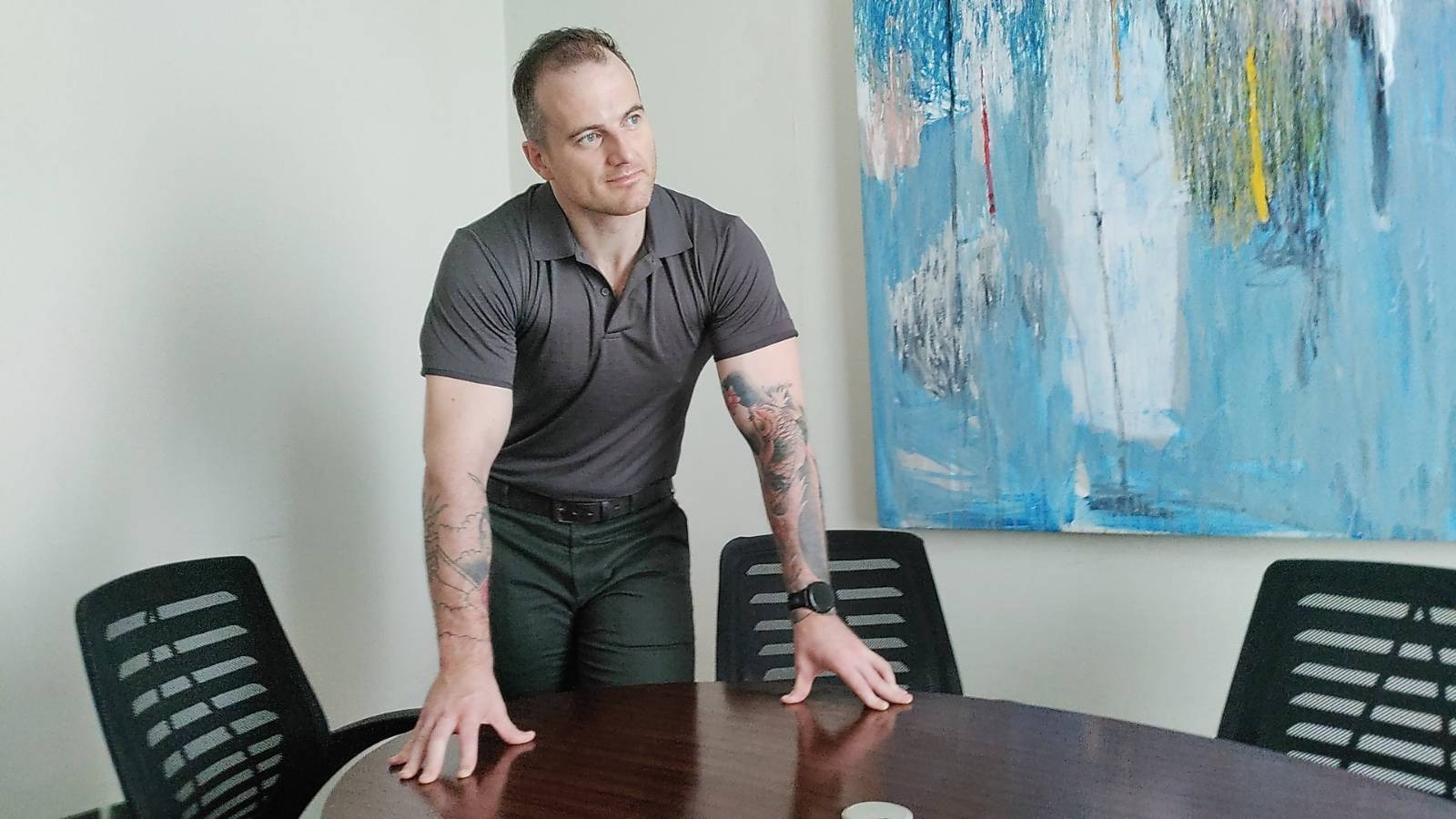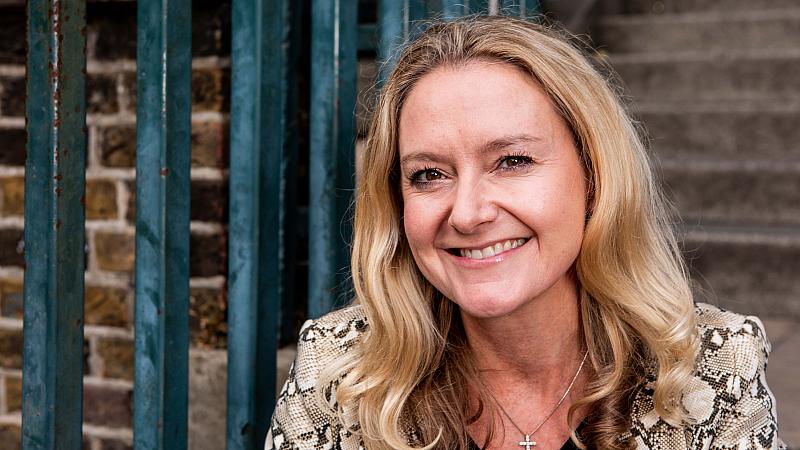
Rachel Forde, UK CEO at UM, argues that although there will undoubtedly be winners and losers across agencyland following COVID-19, change doesn’t necessarily have to be a bad thing – with working from home serving as a fertile test-bed for innovation and new working models.
I’d be fascinated to see the metrics on the growth in the use of the term ‘uncertainty’ in news reports since the referendum result was announced.
By my reckoning we must now be approaching peak ‘uncertainty’ – and this is helpful to a sum total of no-one.
Maybe Donald Rumsfeld was onto something back in 2002. Currently our only ‘known unknown’ is that it’s going to take ‘some time’ for life to revert to normal.
Or at least some semblance of normal. Lockdown has forced media businesses to undergo rapid transformation and, in many cases, far ahead of the official roadmap.
We’ve all had to grasp the nettle on flexible working and – to the surprise of the naysayers – it actually works pretty well.
In many cases, WFH is actually far more efficient.
We’ve all clawed back time that was sacrificed to the daily commute and travel to client meetings, and despite the challenges of home educating, the benefits to parents have been palpable.
I do miss meeting clients and colleagues for a cup of tea and a chat, and I miss those serendipitous moments in the day when a corridor chat can spark some new thinking or ideas.
However, instant messaging and video conferencing are helping that feeling of connection, and have quickly became our daily staple.
Of course, I’m conscious that I’m fortunate to be isolating with my family and not everyone has that comfort blanket.
Consequently, it’s more important than ever that we’re able to help our staff and support each other.
We’ve invested a lot of time and energy into building a strong internal culture at UM and if COVID-19 has been a test bed for measuring the payback, then it’s – thankfully – been a great success.
Motivating multi-disciplinary and disparate teams remotely isn’t necessarily a new challenge to those of us working with media networks.
However, this is the first time we’ve had to do it without any options to do face-to-face.
This isn’t an insurmountable hurdle thanks to collaboration software, but it does make the process more difficult, especially at the outset of a project.
In reality, it really doesn’t matter where the work is being done as long as it is being done correctly.
The secret lies in working backwards from the desired outcome, assigning clear ownership and KPIs for teams or individuals.
Regular communication is key, so it makes sense to run ‘start the day’ sessions to review progress and set daily priorities and targets.
One thing we’ve all come to appreciate is the importance of instant messaging through the likes of Teams.
The daily inbox has steadily decreased over the course of lockdown as people have come to appreciate the value of IM.
It’s less formal than email, and it allows team camaraderie to develop even without in-person contact.
Truth be told, many in the sector would miss the flexible working practices we’ve adopted during lockdown, among both agencies and clients.
So we shouldn’t all expect to go straight back to the nine-to-five office based – and that’s no bad thing.
Businesses not as usual
The sector’s crash course in flexibility will no doubt work for clients. We’ll have to flex around a much-changed business landscape post-COVID.
Some will benefit, notably the digital-first players in the likes of eCommerce and VOD, but a greater number of brands will emerge weakened.
Traditional retailers will struggle to retake the gains made by online competitors, and it seems inevitable that more big names will fall into administration.
Other sectors, such as financial services, estate agencies, travel firms, insurance businesses and more, are also at risk.
In the face of looming recession, the fallout for agencies will likely be a further shift away from brand building.
Lockdown has changed consumer behaviours as audiences of all ages have been forced to adapt to a digital-first world.
As brands consequently turn their attentions online, they will both need and expect their agency partners to support that revised focus.
Planning for change
Adland has never been hit as badly as it has right now. If we take Cannes as the barometer for the industry, it doesn’t look healthy. I wouldn’t want to put money on the event going ahead in 2021 either – at least not in its existing form.
Neither agencies nor media owners can justify the investment. Its extravagance doesn’t sit comfortably in a sector where many businesses have been forced to make redundancies or reduce salaries.
Those agencies best-positioned to survive and thrive are those agile enough to flex their operating models to meet the changing needs of clients.
This could mean thinking creatively about alternative remuneration models, such as those based on hitting specific KPIs rather than a monthly retainer.
Coronavirus will also mean moving away from siloed thinking.
While this has never really had a place in the digital world, the legacy structuring of some holding groups has made it hard to escape.
Most have moved to a single P&L model, but changing attitudes may be harder when leaders of individual business units still have an instinct to protect their own patches.
Getting the balance right
As digital comes to the fore, clients will expect their agency partners to deliver quicker, more efficient and more reactive activity.
That means thinking differently about how teams are structured: dedicated client teams will need to combine the right level of seniority with flexible capabilities to offer both high-level strategic support when needed and smart media planning and buying.
This may not sound too revolutionary, but the key is these teams will have to activate at short notice to meet the particular requirements of each project – and with the right skills up front.
This will mean changing how we organise our internal and external talent pools.
Each campaign’s desired outcomes should be matched to the right skillsets, and this may mean bringing in specialist freelancers as necessary.
A more strategic approach will emphasise quality over quantity in line with each project becoming a sprint, rather than a marathon.
We started rolling out a more project-based agile model prior to the pandemic, and responses from clients and colleagues alike have been very positive.
‘Different’ isn’t a negative
Clients appreciate the opportunity to turn the tap on or off in line with their context and priorities at any given time.
Of course, the concern is that the agency loses the security of a retained relationship and that’s understandable.
Conversely though, when clients see the value inherent in being able to map campaigns against highly targeted KPIs, it’s an easy decision to sign up for the next.
Consequently, it isn’t inevitable that overall client budgets will fall, and in many cases they may rise.
Perhaps significantly. However, it’s likely that more will come in on a project-by-project basis, which will impact on how we forecast.
Moreover, highly strategic campaigns give agency teams the opportunity to think more creatively and go beyond the ‘tried and tested’.
It’s a more engaging experience for both parties and will help cement the partnership between client and agency.
Of course there will be some that don’t like change, and this approach won’t work for all staff or indeed all clients, but the point is: agencies should be flexible enough to provide options.
This model could actually signal the beginning of the end for the endless cycle of review, repitch, repeat – and the beginning of something much more interesting.
